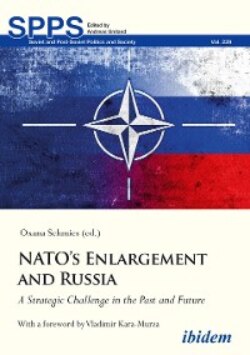Читать книгу NATO’s Enlargement and Russia - Группа авторов - Страница 14
The Genesis of Nuclear Deterrence
ОглавлениеThe philosophy of nuclear deterrence was born out of the symbiosis of the principle of military deterrence and the emergence of nuclear weapons. The first has thousands of years of history behind it. The latter appeared only in 1945. Intimidating an enemy with the threat of military force—to keep it from pursuing unacceptable actions or to force it into desired behavior—has long been considered a political and psychological function of armies and fleets before they enter into combat actions. Two and a half millennia ago, the Chinese founder of strategic military thinking, Sun Tzu, wrote: “To fight and conquer in all your battles is not supreme excellence; supreme excellence consists in breaking the enemy’s resistance without fighting. Therefore the skillful leader subdues the enemy’s troops without any fighting. With his forces intact he will dispute the mastery of the Empire, and thus, without losing a man, his triumph will be complete.”4
The creation and use of the atomic bomb in 1945 did not immediately give rise to the idea of nuclear deterrence. At first, nuclear weapons were seen only as a new means of warfare, albeit one with unprecedented destructive power. According to official U.S. doctrine of “Massive retaliation” in the 1950s, the actual plan for the use of nuclear weapons—set out in the Pentagon’s first Single Integrated Operational Plan, or SIOP-62—called for quickly following any armed conflict with the Soviet Union by launching massive air strikes, conducted by 1,850 heavy and medium bombers that would drop 4,700 atomic and hydrogen bombs on cities and military installations across the Soviet Union, China, and their allies.5 According to the Pentagon, this attack would have resulted in 800 million casualties across the targeted and adjacent neutral countries.6 That figure was no less than one-third of the global population at the time.
The creation of Soviet nuclear weapons and intercontinental bombers—and later missiles, as delivery means—deprived the United States of its traditional territorial immunity behind two oceans, and forced the two sides to seriously reconsider their views on the relationship between the political and military roles of nuclear weapons. The idea of nuclear deterrence came to the forefront of U.S. military policy. Of course, it was based on real nuclear forces and operational plans for their use. This qualitative shift laid the foundation for formulating the philosophy that nuclear weapons play a predominantly political role, rather than a military one. At the same time, both roles demonstrate the classic law of Hegel’s dialectics on the unity and struggle of opposites (more on this below).
